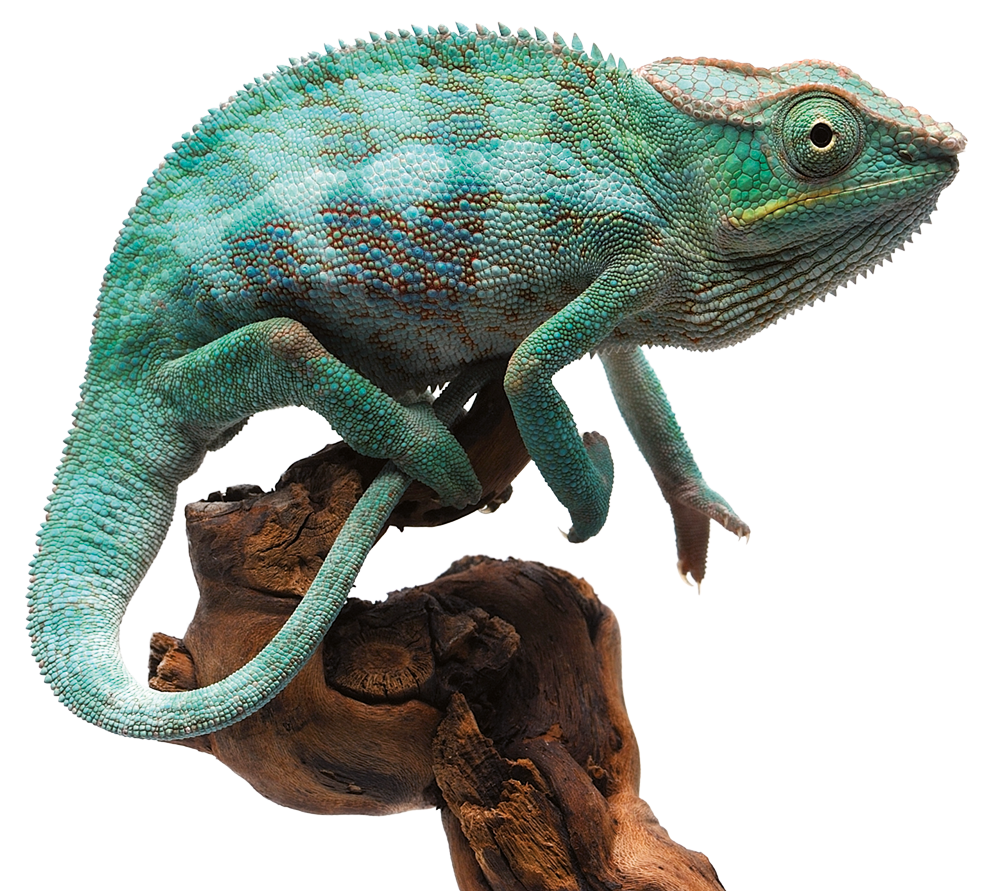
| Chelonian type |
Food type |
|---|---|
| Turtles and terrapins (especially aquatic) | Earthworm, small whole fish, pinkies, green leafy vegetation |
| Tortoises |
Flowers, succulents, grass, cucumber, frozen mixed vegetable, fresh fruit |
An Article 10 certificate is needed for sale of Annexe A species
There are two types of Article 10 certificate. One type is called a ‘Transaction Specific Certificate’ (TSC) that may only be used by the person named and from the address on it. The other type is called a ‘Specimen Specific Certificate’ (SSC), and may be used by anybody in possession of the specimen.
They must be microchipped once over 10cm long
Annexe A – T.graeca, T.hermani
Annexe B – T.horsefieldi
Spur-thighed (Greek) tortoise - Testudo graeca
Several ‘races’ which experts can differentiate
Sub-species, T.g.graeca, ibera, terrestris, zarudnyi
Hinged plastron, Spurs on thighs
Dryer habitat, inland all around the Southern & Eastern Med.
Now introduced right round the Med
Hermann’s tortoise – Testudo hermanni, two subspecies
Suggested that adults are flatter than graeca?
Yellower shell and darker markings
Supra-caudal scute usually divided
Spur on tail tip, Plastron NOT hinged, No spurs on thighs
Cold hardy and tolerate damp (they live along the coast of the Northern Med)
Horsfield’s (Russian) tortoise – Testudo horsfieldi
Considered it may even be in a different genus - Agrionemys
More circular, Stocky, Greenish/brown shell, Spur on tail tip (smaller than Hermanns), 4 toes on each foot (Greek and Hermanns have 5 on front)
Very climate tolerant, but some hibernate for long periods. Prefer dry environment
Males are aggressive and will bite – they ‘ram’ less than other species males so females are ? Less used to it!
General Keeping
Heat from below is to be discouraged for tortoises, the gut is on the floor of the abdomen in contact with the plastron and may be adversely affected
Hibernation
Microchipping is an excellent way of identifying tortoises. All live Annexe A tortoises need to be microchipped to be able to be registered for a CITES specimen specific certificate which allows them to be sold. Any such tortoise over 10cm must be chipped to be legally sold OR DISPLAYED. ALWAYS CONSULT THE DEFRA WEBSITE (BELOW) FOR UPDATES ON THIS.
The species currently under CITES appendix A are (but check with DEFRA yourself, this may go out of date):
| Galapagos giant tortoise | Geochelone nigra or Geochelone elephantopus |
| Radiated tortoise | Geochelone radiata |
| Angonoka | Geochelone yniphora |
| Bolson tortoise | Gopherus flavomarginatus |
| Berger's cape tortoise | Homopus bergeri |
| Pancake tortoise | Malacochersus tornieri |
| Geometric tortoise | Psammobates geometricus |
| Madagascar flat-shelled tortoise | Pyxis planicauda |
| Madagascar spider tortoise | Pyxis arachnoides |
| Spur-thighed tortoise | Testudo graeca |
| Hermann's tortoise | Testudo hermanni |
| Egyptian tortoise | Testudo kleinmanni |
| Marginated tortoise | Testudo marginata |
| Negev tortoise | Testudo wernei |
You do not need CITES paperwork to possess one of these but if you pass it to a sanctuary/zoo which is open to the public they will not be able to display it or put in perhaps with others on display unless you obtain this paperwork.
We and selected third parties use cookies or similar technologies for technical purposes and, with your consent,
also for other purposes as specified in the .
If you close this banner with a tick or click on "Decline", only technical cookies will be used. If you want to select the
cookies to be installed, click on 'Customise'. If you prefer, you can consent to the use of all cookies, including
cookies other than technical cookies, by clicking on "Accept all". You can change your choice at any time.